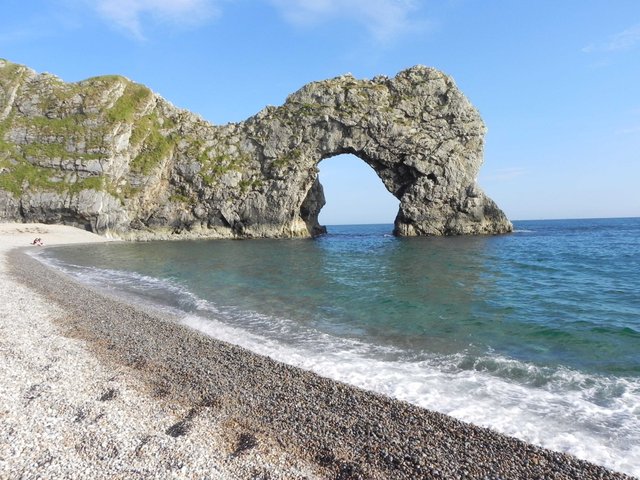When will the Earth plate begin to move?

Early Earth's surface may be like Iceland, wherever you look and are volcanic land, dark Yamagata towering into the clouds, the dark beach outlines the contours of the land. But the colors of the earth have gradually become monotonous, and to this day there has been a lighter color of rock, like the light gray granite that forms the Half Dome in the Yosemite National Park in the United States. Scientists have been unsure of when the shift will begin, but new evidence has shortened the time horizon.
A recent study shows that 3.5 billion years ago this shift has been revealed. Although this finding is yet to be finalized, it helps scientists understand when the plate starts to move vigorously (the jigsaw puzzle-like crust in the depths of our feet) begins to move. The key to speculating at this point in time is that light-colored rocks are transforming from dark rocks. Simply put, when dark rocks are pushed deep into the earth, they may slide under the other plate as the plate subsides, turning it into a light-colored rock. The researchers in this study deduced that assuming that the number of light-colored rocks billions of years ago is abundant, plate movement may have started at that time.
Nicolas D. Greber et al., A geologist at the University of Geneva in Switzerland, analyzed 78 sedimentary samples from various places and calibrated the ratios of light (feldspathic) and dark (mafic) rocks. However, since both rocks have been turned into fine particles since ancient times, counting the proportions of the two is not easy. Gray's team examined the titanium content of both rocks, and although both contained titanium, their isotopes (chemically identical atoms with the same proton number but different neutron numbers) when converted from mafic to elongated quartz The ratio will change accordingly. As Gray explained, assuming you mix a sweet and salty one, his team's analysis of this type of work gives you an idea of "how much sugar and how much salt is added to it." He originally thought that the oldest sample, 3.5 billion years old, should be dominated by mafic particles, but unexpectedly it was found that about half of the particles were of the British constitution. His team published the result in the September 2017 issue of Science.
Jun Korenaga, a geophysicist at Yale University in the United States who did not participate in the study, said the result is inconsistent with the mainstream view in the field that the Earth still covered a large amount of dark mafic rock. He commented: "It is refreshing that this team is different from the mainstream research and they are trying to shake this area. This investment delights."
Scientists have long argued exactly when the crustal plate began to move, with an estimated time range of 4.2 billion to 1 billion years ago. Jonathan O'Neil, a geochemist at the University of Ottawa in Canada, did not participate in the study, noting that several recent studies have marked the beginning of plate tending as about 3 billion years ago, but none of them has yet Conclusion. However, if scientists want to understand the evolution of the early Earth, it is important to know when the plate starts to move. The plate games have dramatically rehabilitated the landscape by not only segmenting the ocean basin, pushing the mountains, but also changing the composition of the atmosphere and oceans, which can affect the source of nutrients that new life could have acquired in earlier Earths. In fact, some scientists claim that plate movement is a key factor in the origin of life.
Precisely because it matters, it is not hard to understand why scientists are so cautious about the evidence of the start of the plate movement. Paul Tackley, a geophysicist at the Swiss Federal Institute of Technology in Zurich, disagrees with Gray's latest explanation. He argues that any time mafic rocks sink deep into the Earth to form felsic rocks, and are not limited to hidden zones. When a volcano erupts, the newly erupted magma pushes the mafic rocks down to the depths where they are buried under extremely high pressures and temperatures, melting them and turning them into felsic rocks. The whole process does not involve plates movement.
Although Graeber agreed that felsic rocks can be formed in this way, he argues that Tacli's argument fails to explain such a high ratio of feldspathic rocks to mafic rocks. O'Neill and Wing Chun all agree with Grayberger: Hidden effects are the most likely factor, but this does not mean that the hidden effects (including plate movement) are global. Many experts speculate that early plates may intermittently and repeatedly move in localized areas several times before becoming a global continuous process. Only by analyzing more of the sediment to quell the controversy is what Greer will do next.
Thanks for reading @jackorobin

@originalworks
The @OriginalWorks bot has determined this post by @jackorobin to be original material and upvoted it!
To call @OriginalWorks, simply reply to any post with @originalworks or !originalworks in your message!